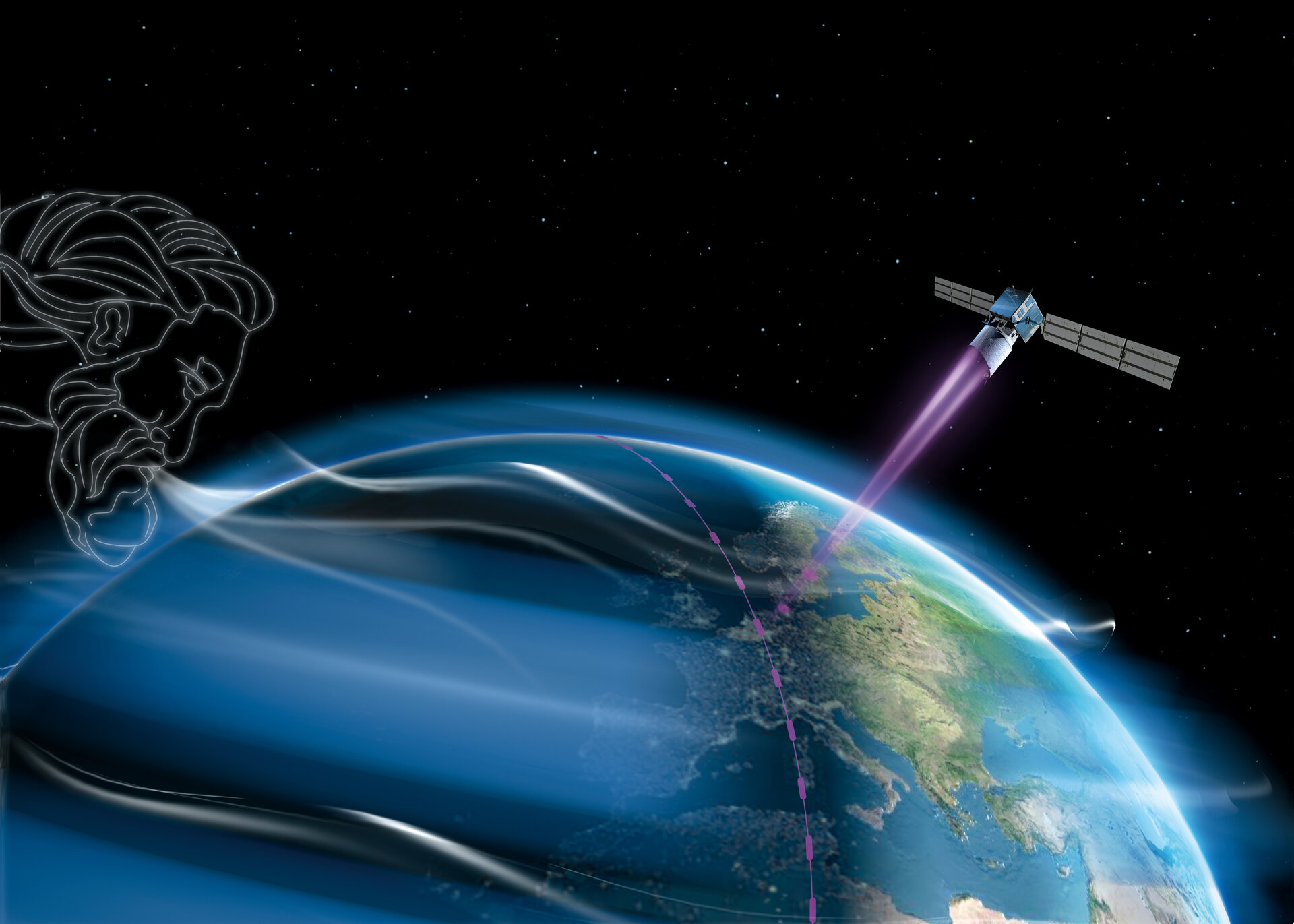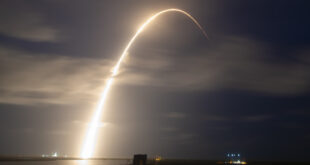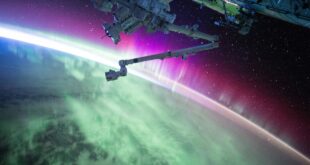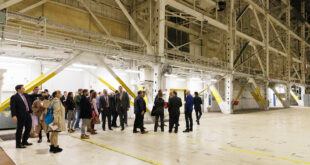
Ibadan, 31 July 2023. – Aeolus, the European Space Agency (ESA) ‘s wind mission, safely reentered Earth’s atmosphere on 28 July at around 21:00 CEST above Antarctica, with the US Space Command confirming the reentry.
The reentry came after a series of complex maneuvers that lowered the satellite’s orbit from an altitude of 320 km to just 120 km to reenter the atmosphere and burn up. Crucially, these maneuvers, the first assisted reentry of its kind, positioned Aeolus so that any pieces that may have failed to burn up in the atmosphere would fall within the satellite’s planned Atlantic ground tracks.
ESA attempted a new way of assisting its reentry to make it even safer. it used the spacecraft’s remaining fuel to carry out a series of burns to lower Aeolus and place it into the best position to reenter.
ESA’s Director of Operations, Rolf Densing, said, “The teams have achieved something remarkable. These maneuvers were complex, and Aeolus was not designed to perform them, and there was always a possibility that this first attempt at an assisted reentry might not work.” The Director also added, “The Aeolus reentry was always going to be very low risk, but we wanted to push the boundaries and reduce the risk further, demonstrating our commitment to ESA’s Zero Debris approach.”
Speaking on the Aeolus mission, ESA’s Director of Earth Observation Programmes, Simonetta Cheli, said, “Aeolus has been truly outstanding. Indeed, the technology was difficult to develop, but we have seen huge returns.” Cheli said the mission benefited science in terms of contributing to climate research and proved essential during the Covid lockdown when aircraft, which carry weather instruments, could not work.





